Chapter 16
Early Medieval Europe
By Boundless
The Early Middle Ages began with the fall of the Roman Empire and ended in the early eleventh century; its art encompasses vast and divergent forms of media.
Merovingian architecture emerged under the Merovingian Frankish dynasty and reflected a fusion of Western and Eurasian influences.
Celtic and Anglo-Saxon art display similar aesthetic qualities and media, including architecture and metalwork.
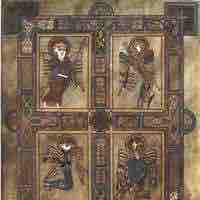
Insular art is often characterized by detailed geometric designs, interlace, and stylized animal decorations in illuminated manuscripts.
The Oseberg ship was discovered in a burial mound in Norway and is one of the finest artistic and archaeological finds from the Viking Age.
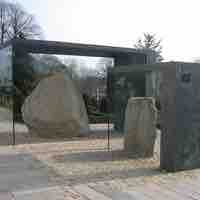
The Jelling Stones are visual records of the transitional period between Norse paganism and the process of Christianization in Denmark.
Archaeological finds of political and religious architecture suggest a significant mastery of woodworking and engineering in Viking culture.
Various forms of Carolingian artwork consist of frescoes and mosaics that reached a pinnacle of production under the reign of Charlemagne.
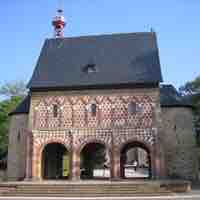
Carolingian architecture is characterized by its attempts to emulate late Roman classicism, early Christian, and Byzantine styles.
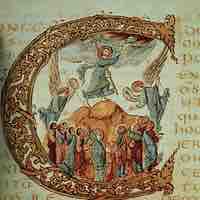
The most numerous surviving works of the Carolingian era are illuminated manuscripts, which further developed the Insular book style.
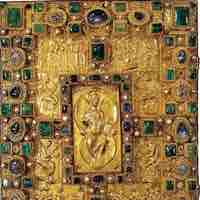
Carolingian metalworkers primarily worked with gold, ivory, gems, and other precious materials.
The Ottonian Renaissance (951-1024) was a period of cultural and artistic achievement inspired by the revival of the Holy Roman Empire.
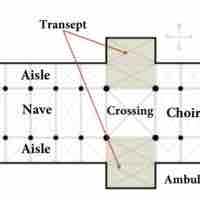
Ottonian architecture flourished from the tenth to eleventh centuries and drew inspiration from Carolingian and Byzantine architecture.
Ottonian monasteries produced lavish illuminated manuscripts under the sponsorship of emperors, bishops, and other wealthy patrons.